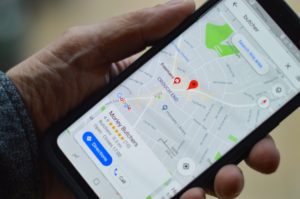So, say someone gains access to the email and password you use to access your bank account. That would be super bad. But there’s an extra step of protection you can take to stop a would-be thief from breaking into your various digital accounts, even when they have the password.
It’s called “Two-Factor Authentication,” or 2FA. Maybe you’ve heard of it, maybe your IT guys are insisting you set it up on your accounts. Whatever the case, it sounds complicated, but it’s really a simple concept.
2FA adds an extra step to the log in process. You still need your email and password like always. But once you enter the correct information, you’ll need to provide a security code.
No, this security code isn’t something you need to keep track of like a password. In fact, it changes every time you use it. When you enter the correct password, 2FA randomly generates a security code, and sends that code to a trusted location, such as SMS, email, app, or even your smartphone itself.
The point being? That security code is meant to be accessed by you and you alone. Someone might steal your password, but unless they also have physical access to the security code’s location, they’re out of luck.
Here’s 2FA in action. You go to sign-in to your bank account. You enter your email, then your password, which are accepted. You’ll be taken to a new screen, asking for the 2FA security code sent to your trusted location. You decided when setting up 2FA to use SMS, so you receive a text from your bank with the code. Just enter the code from your messages, and you’ll be on your way to your money.



